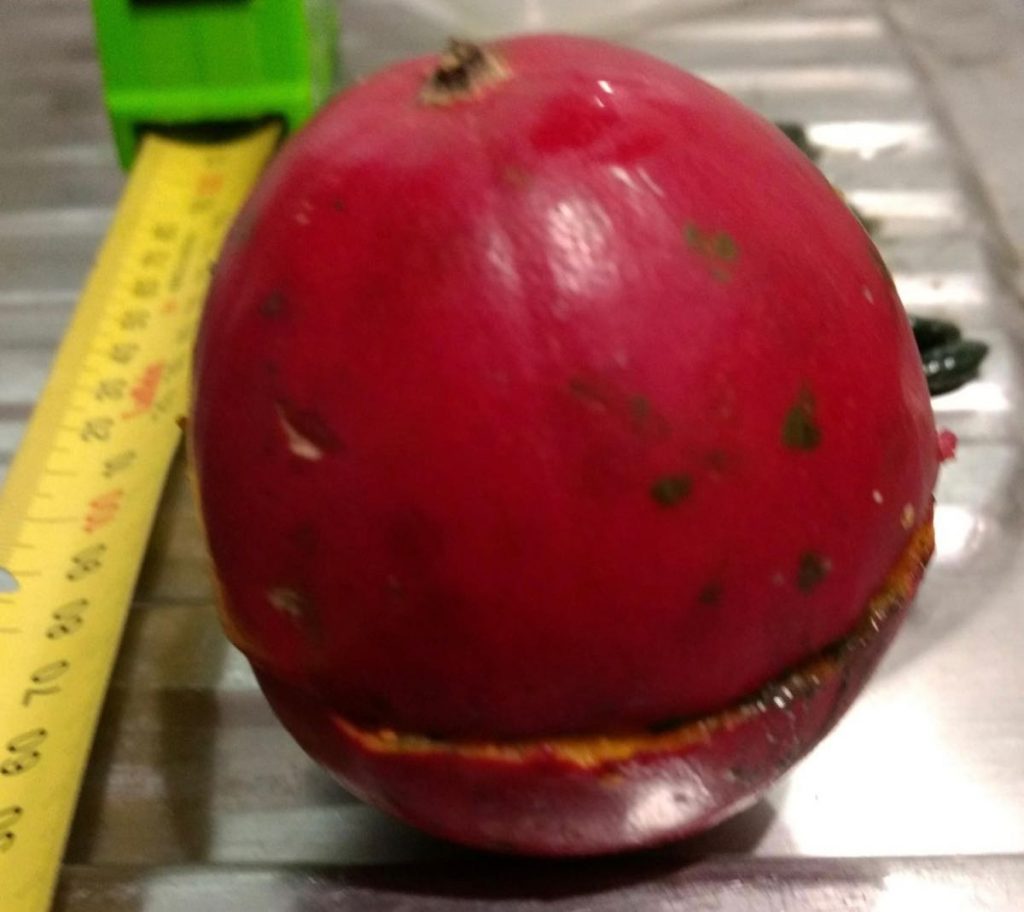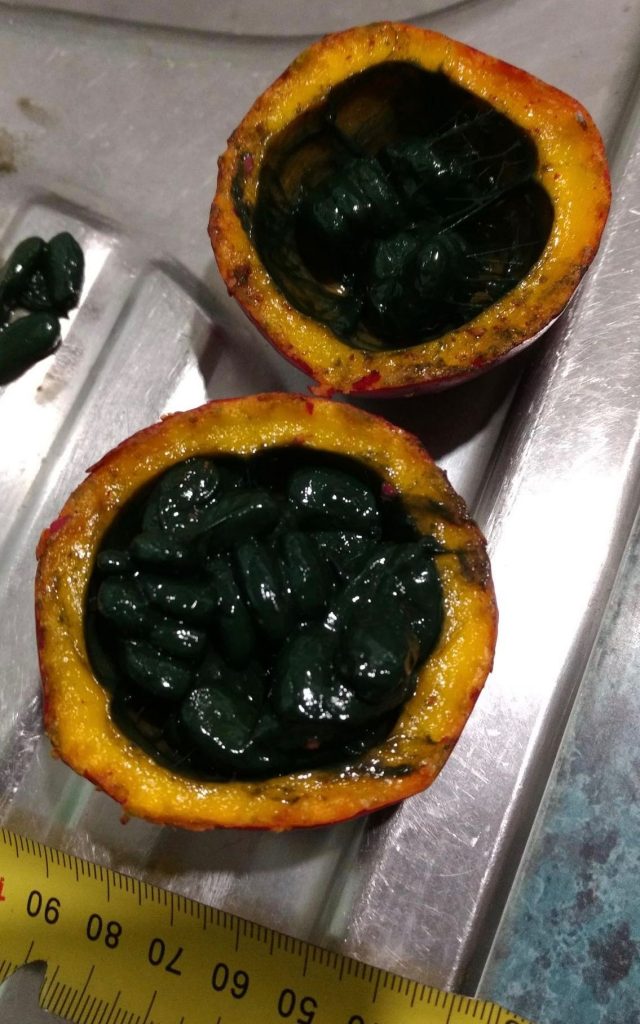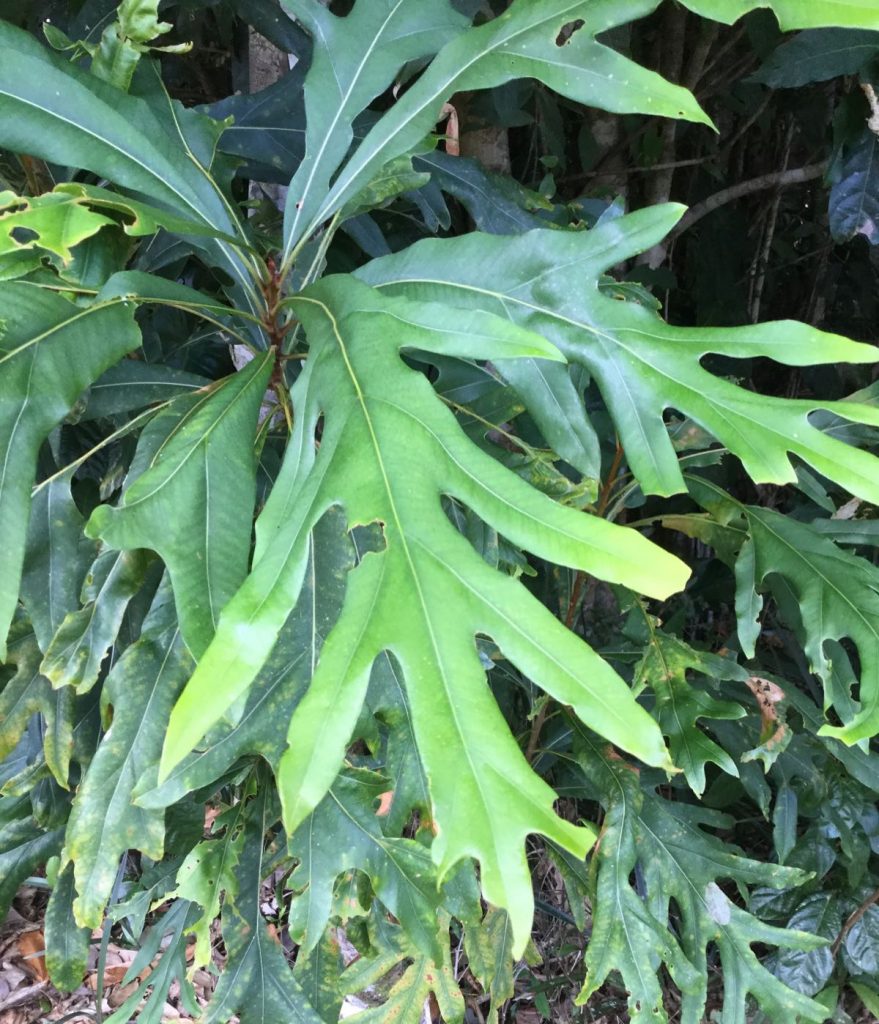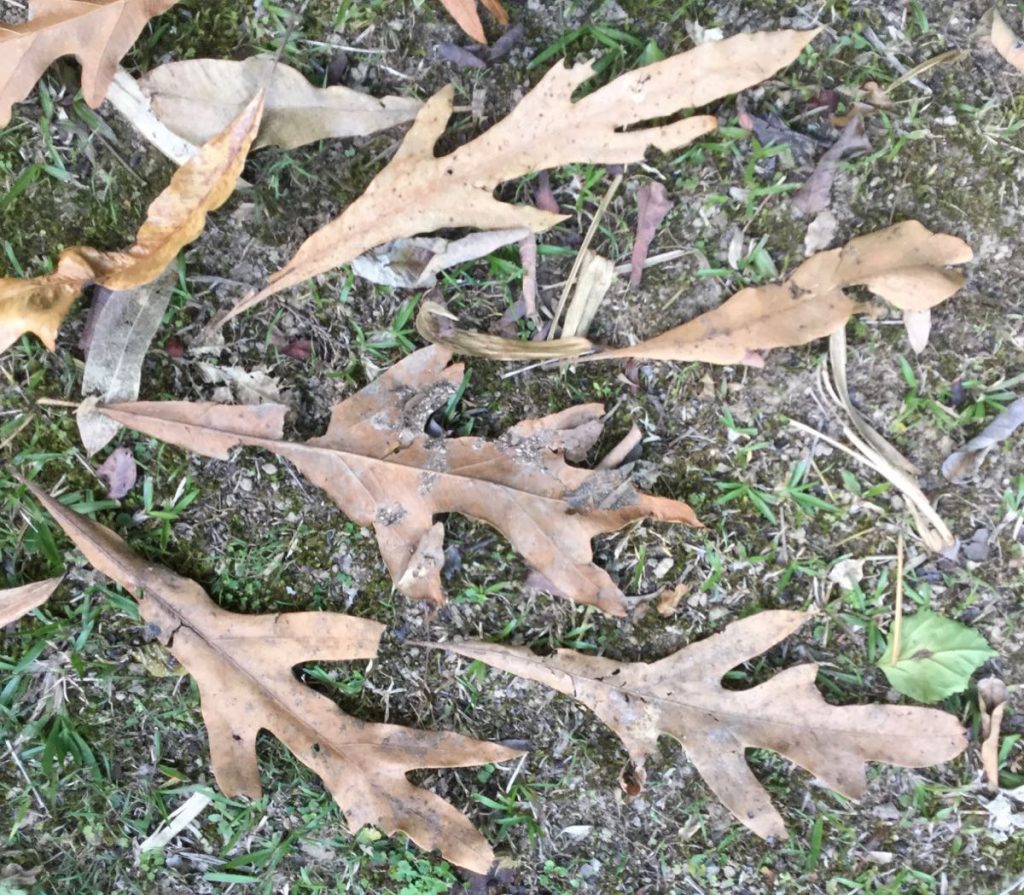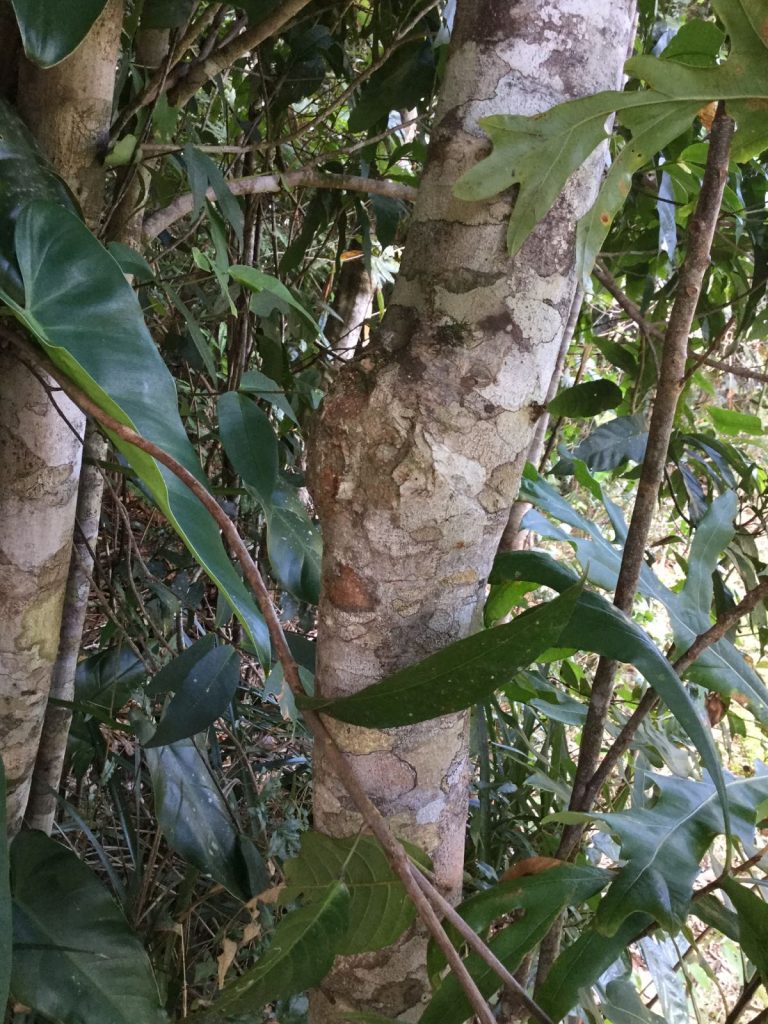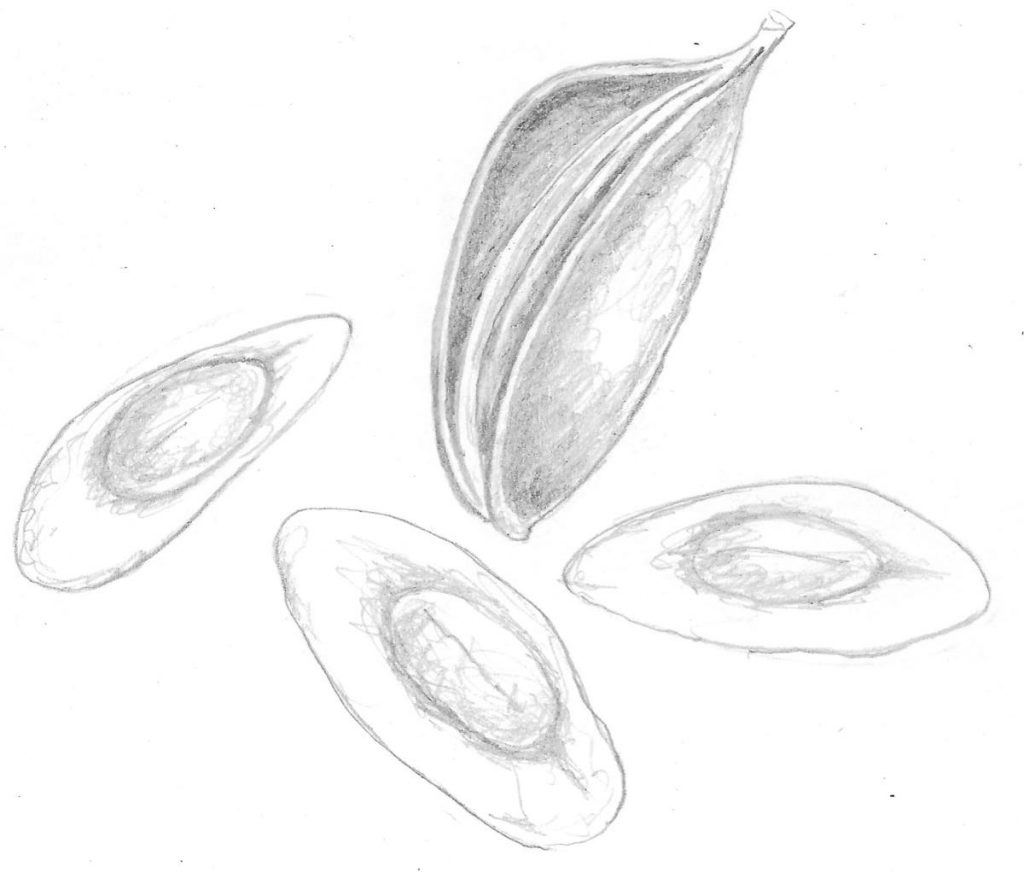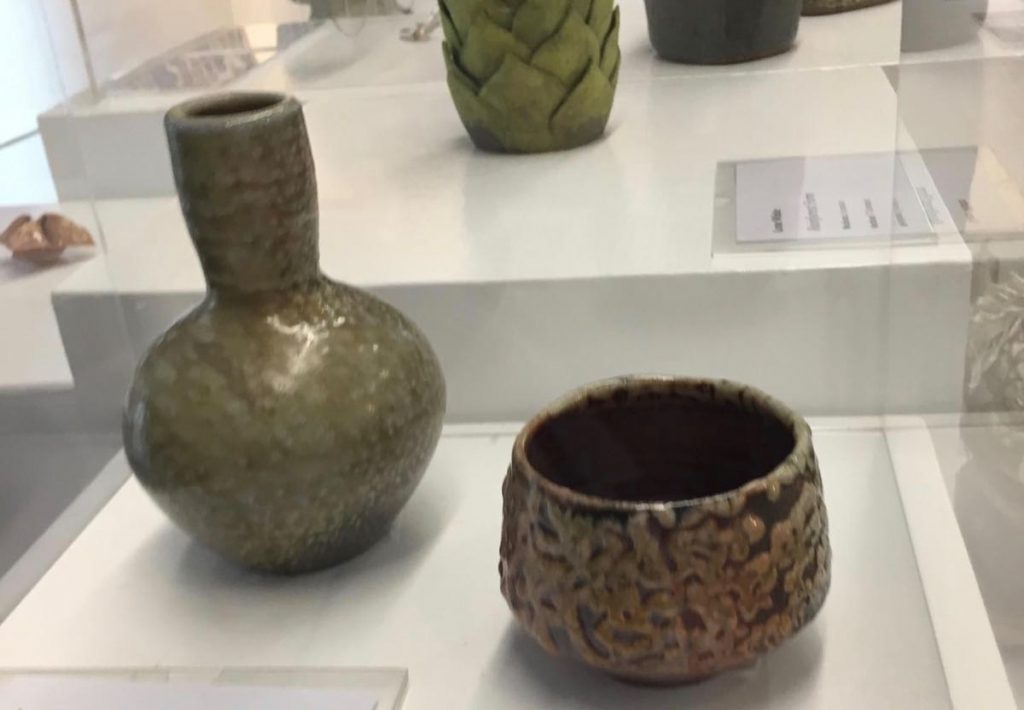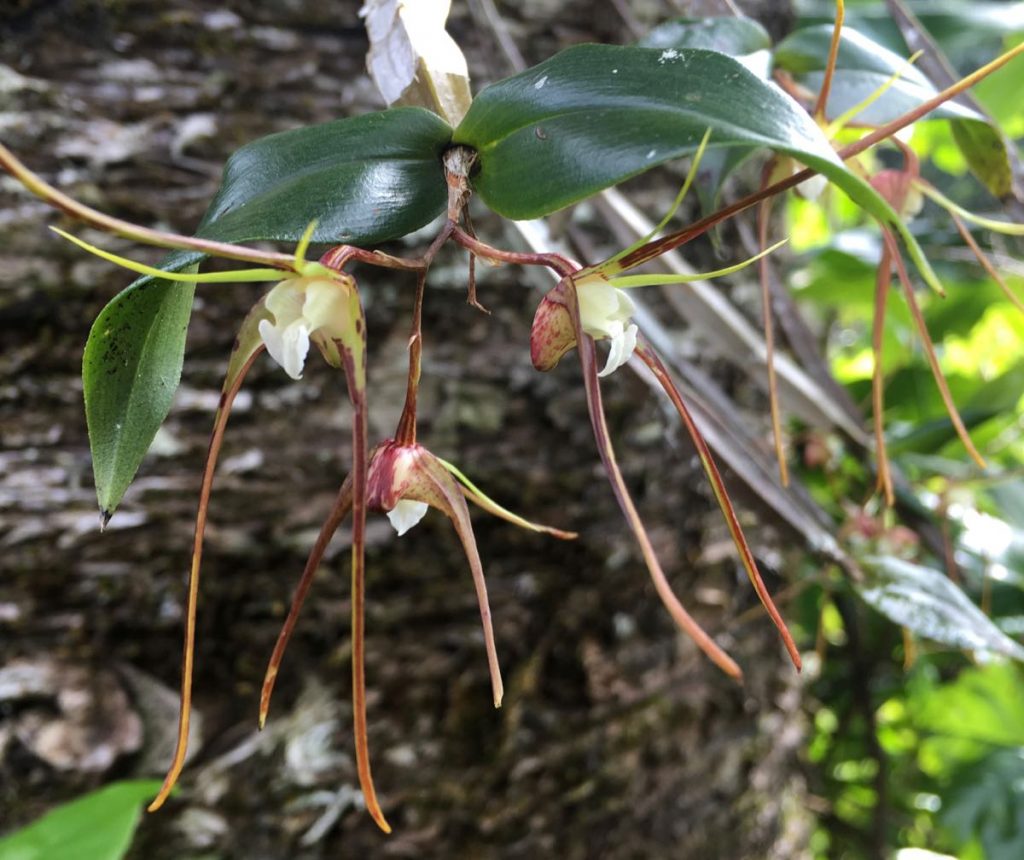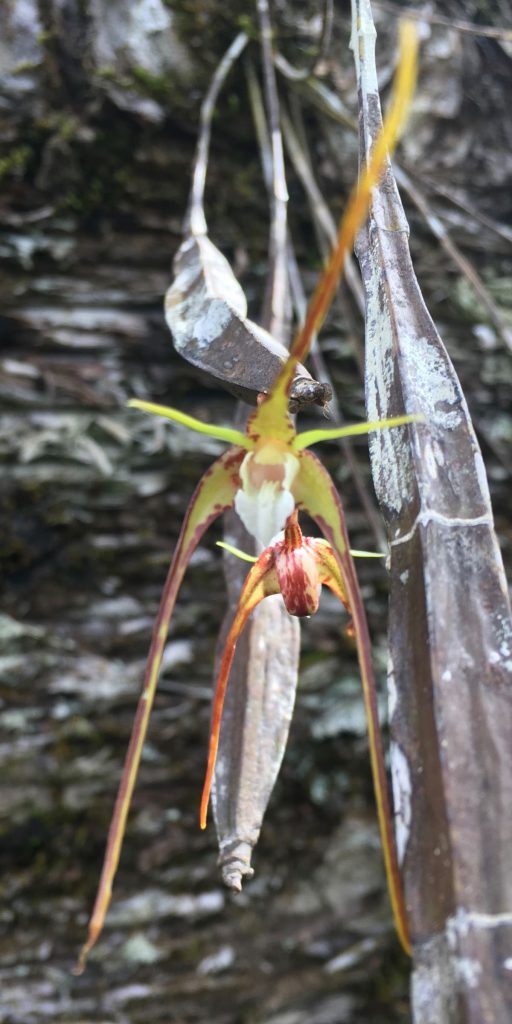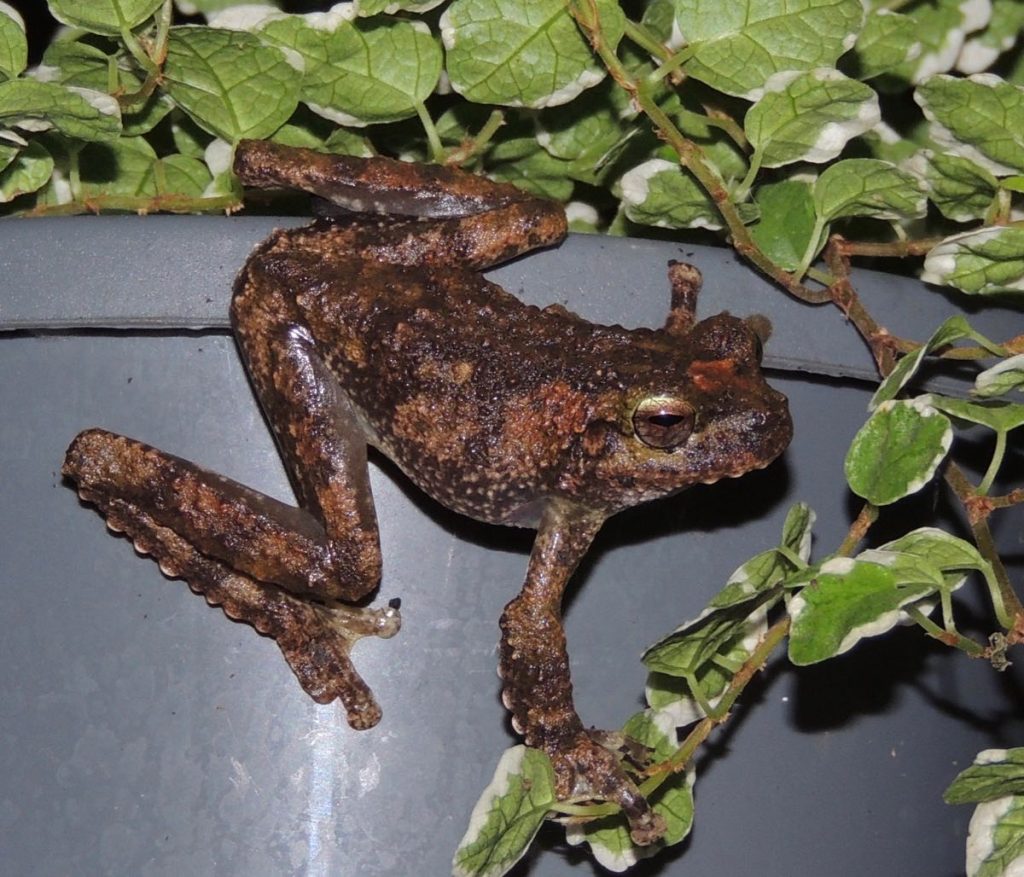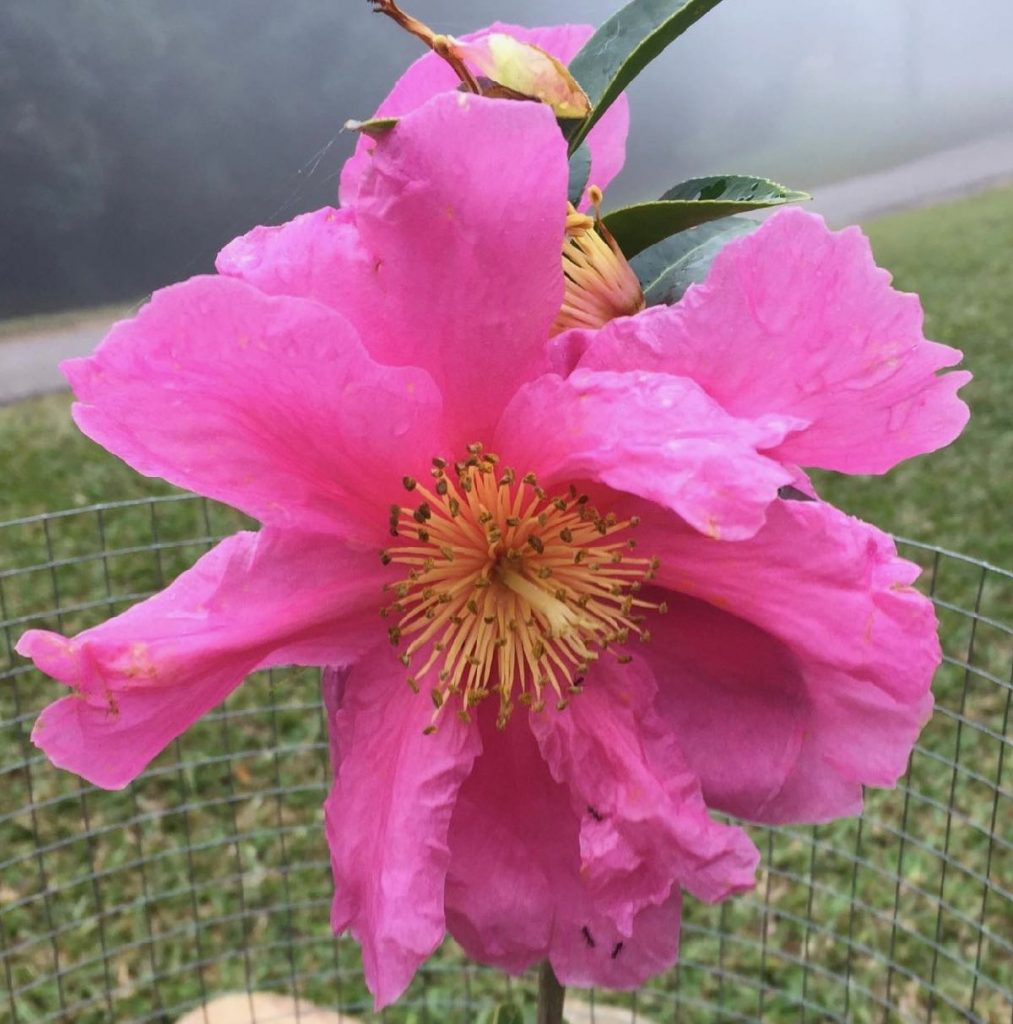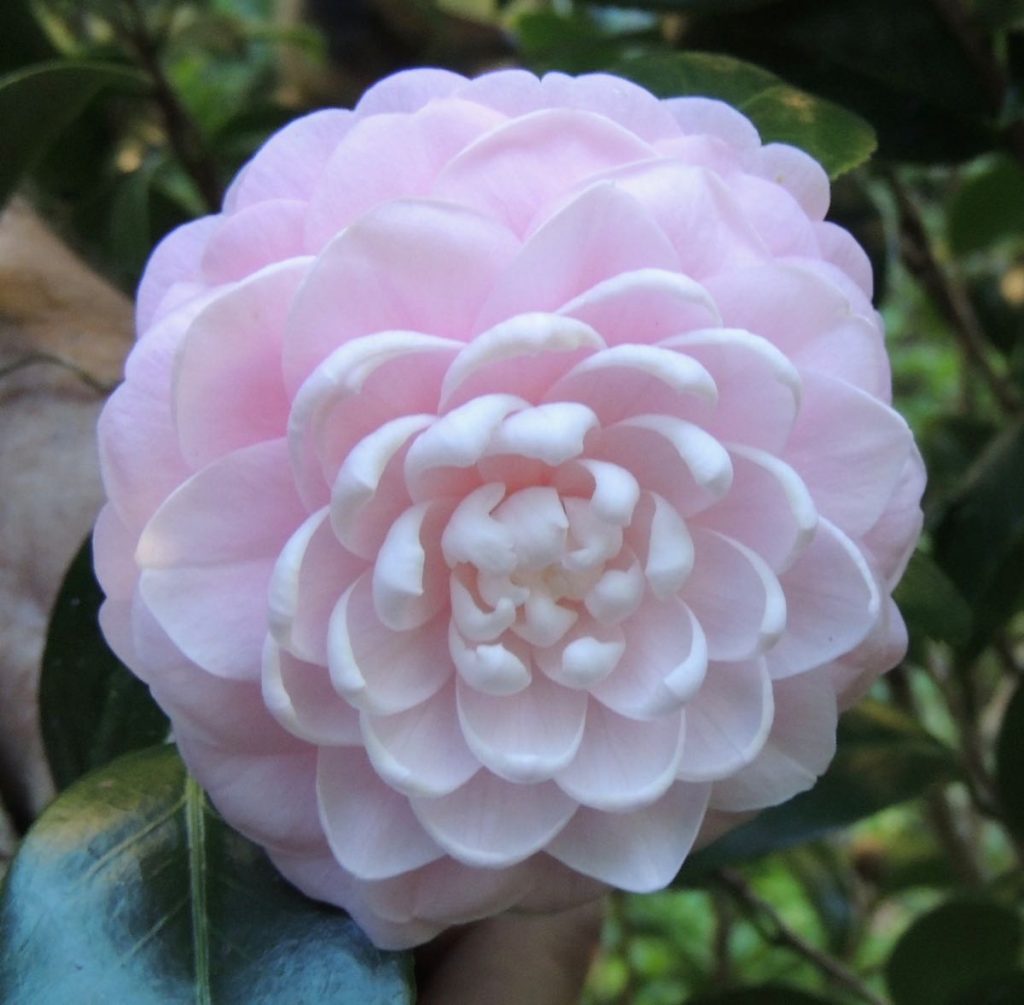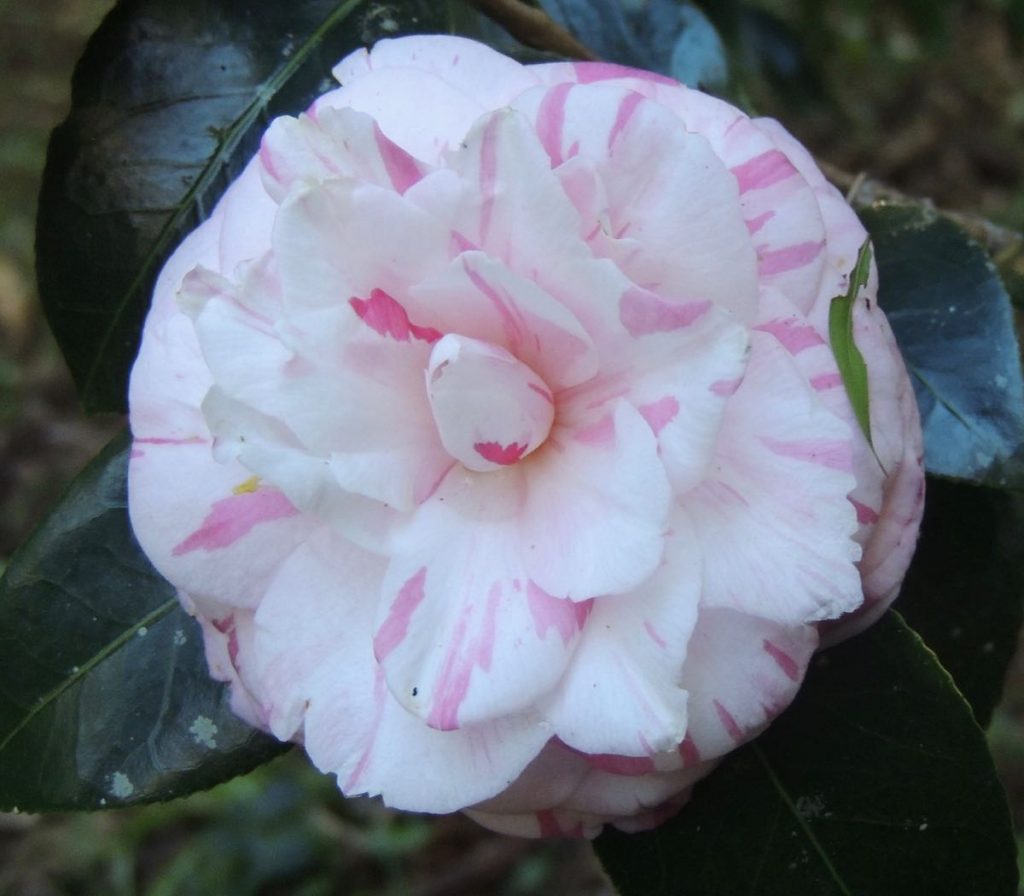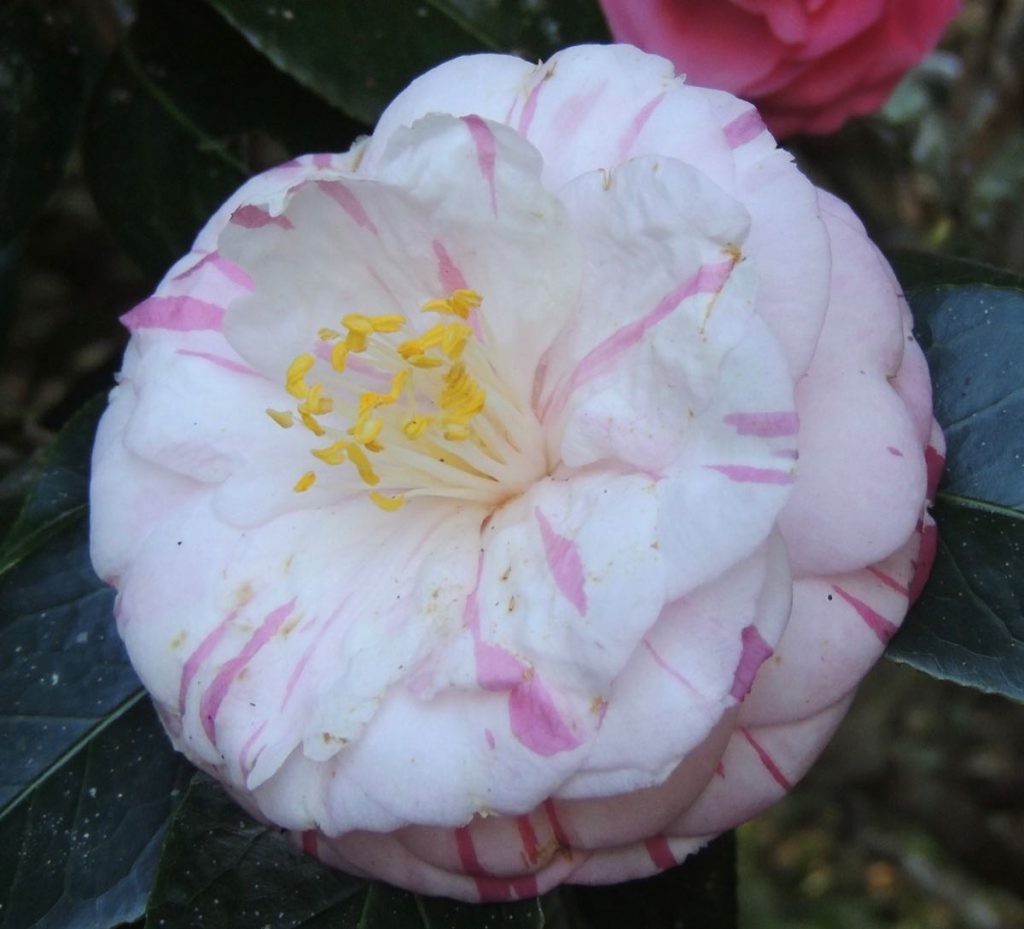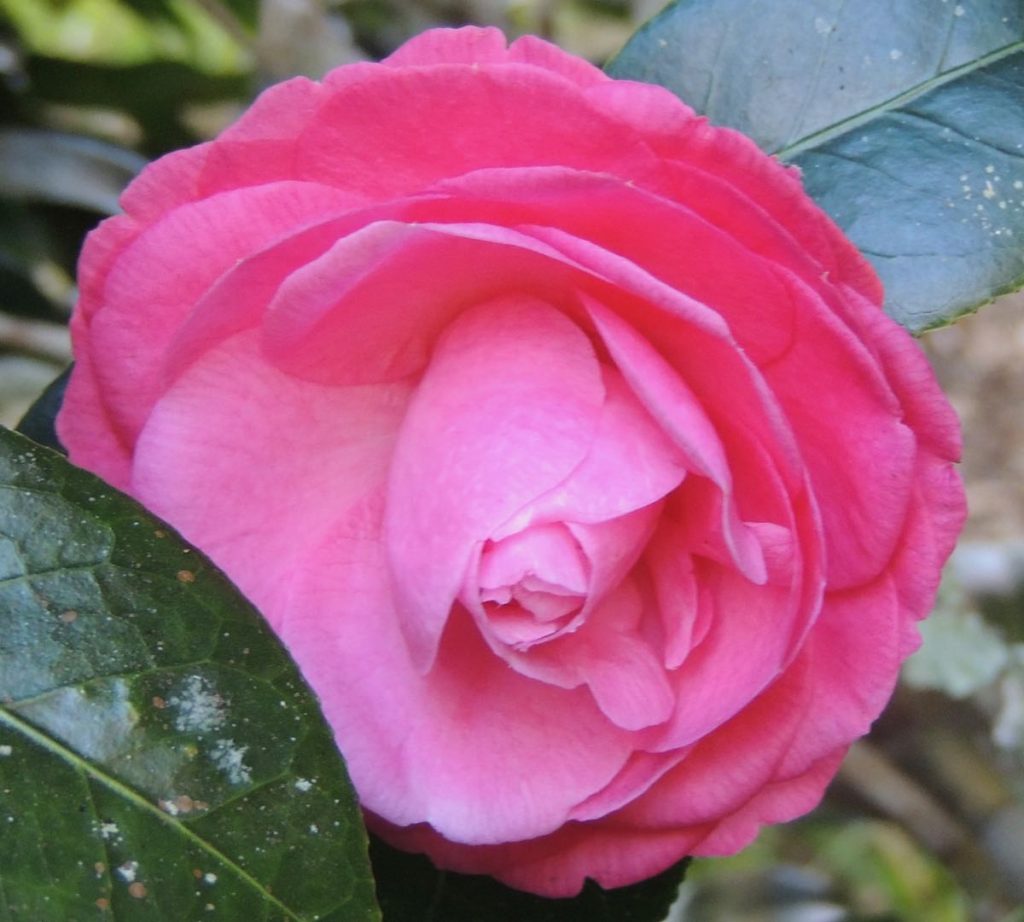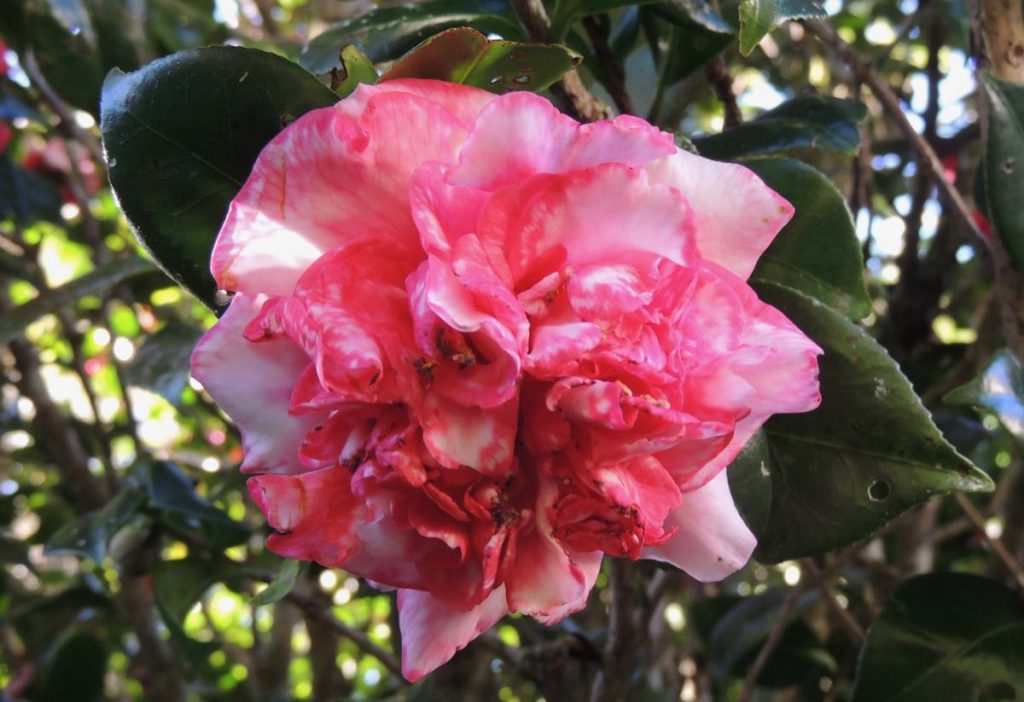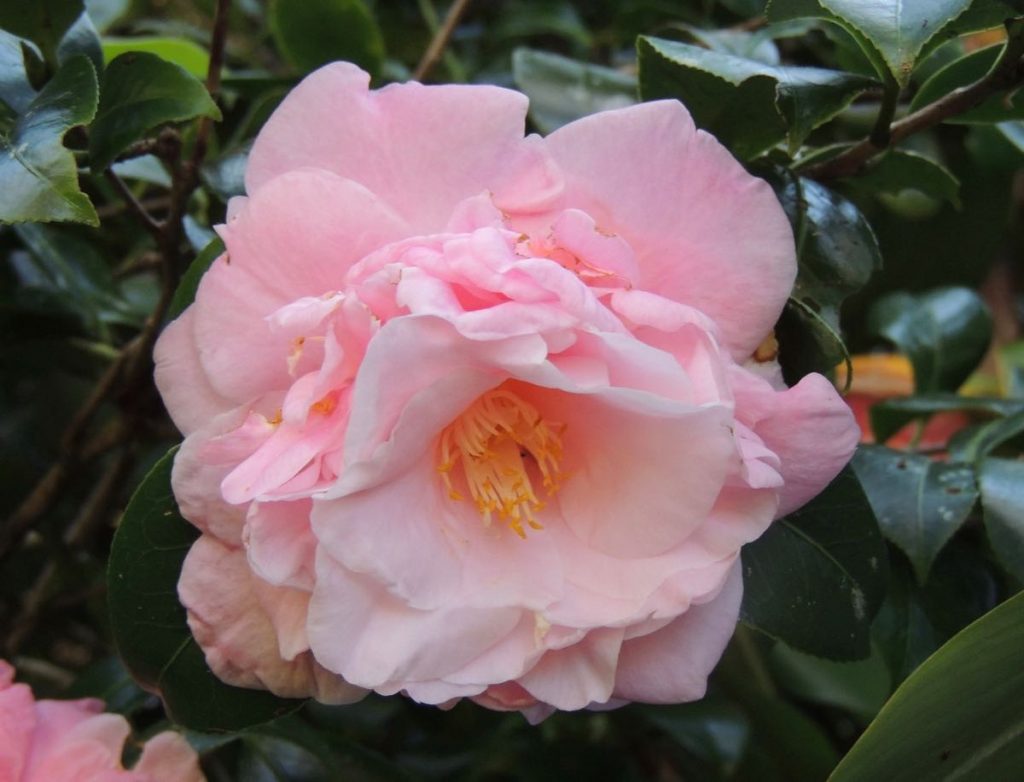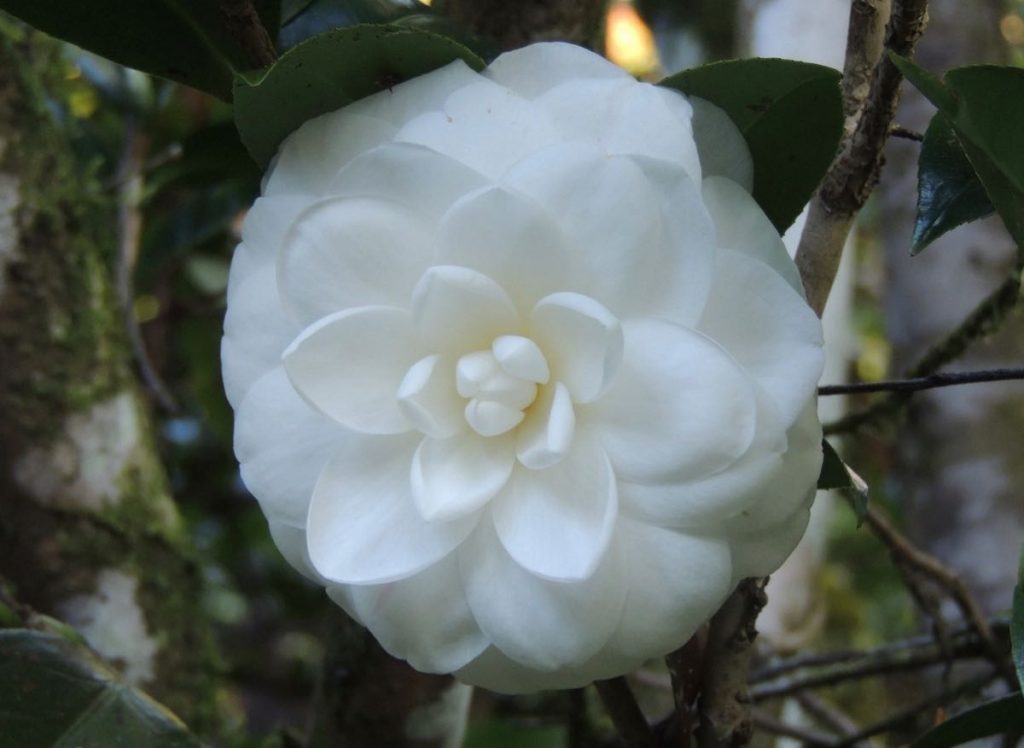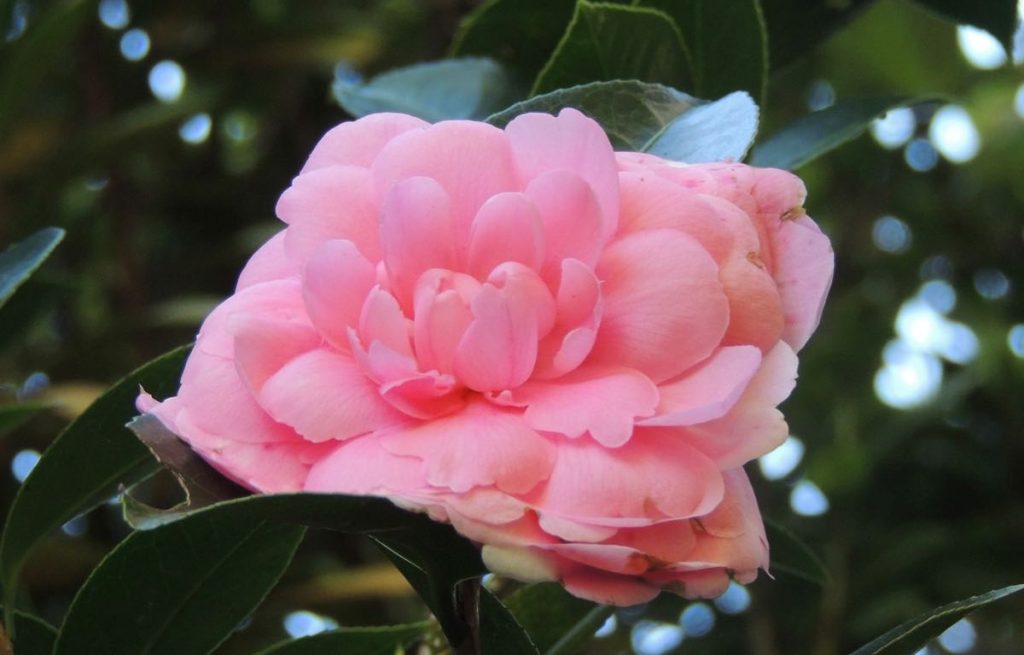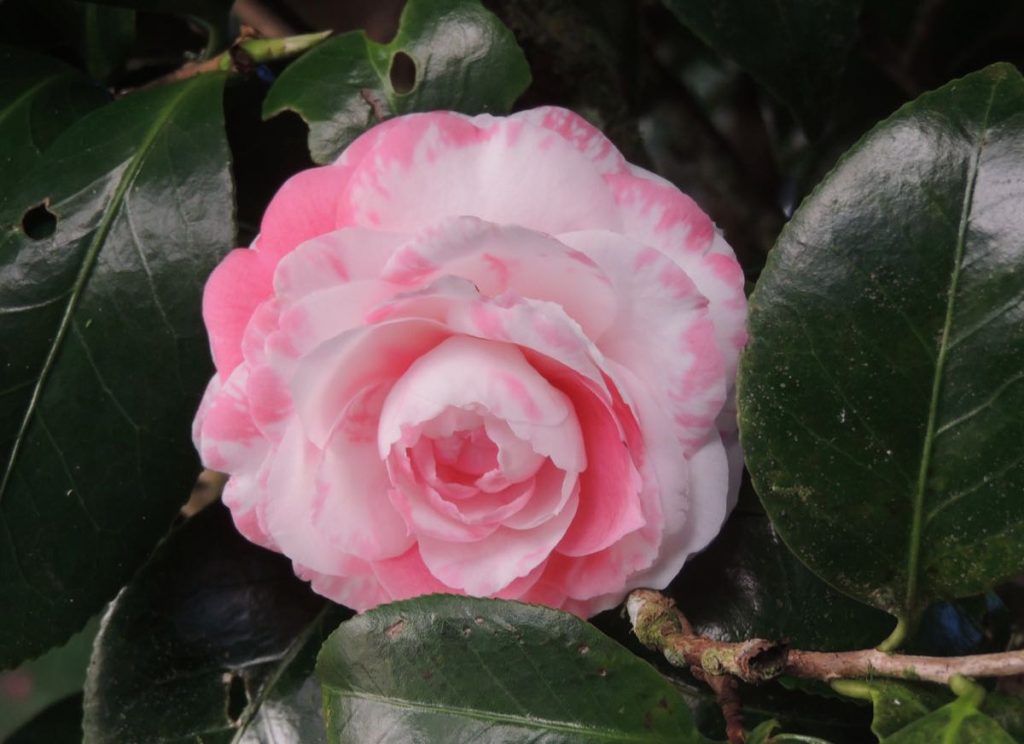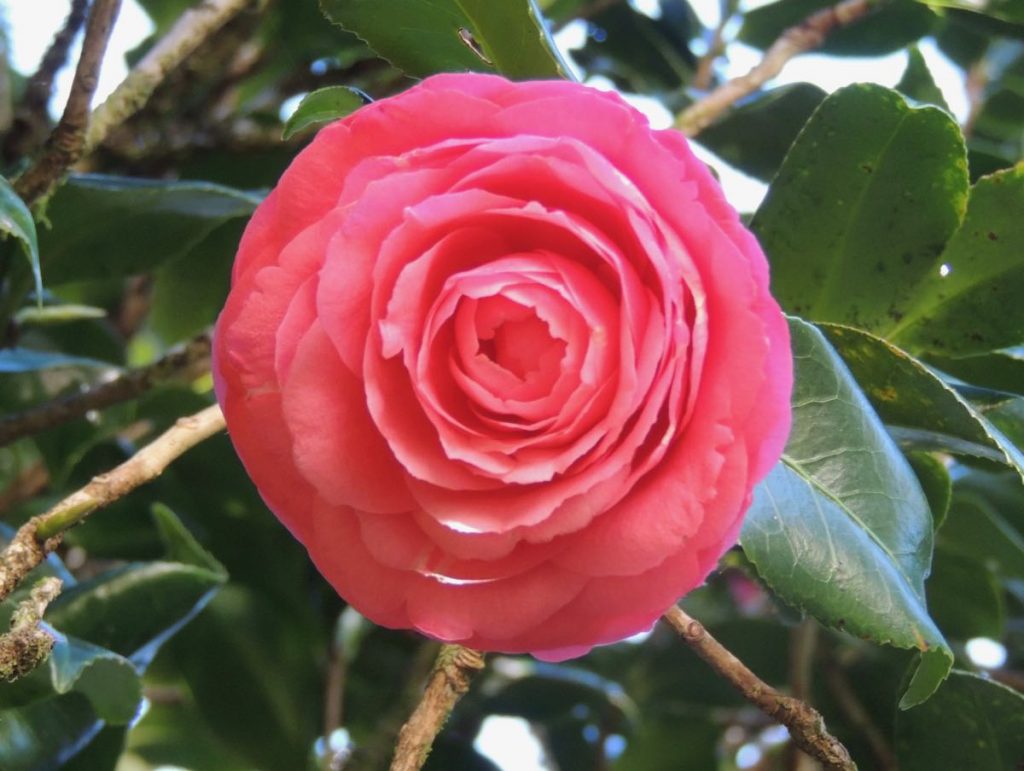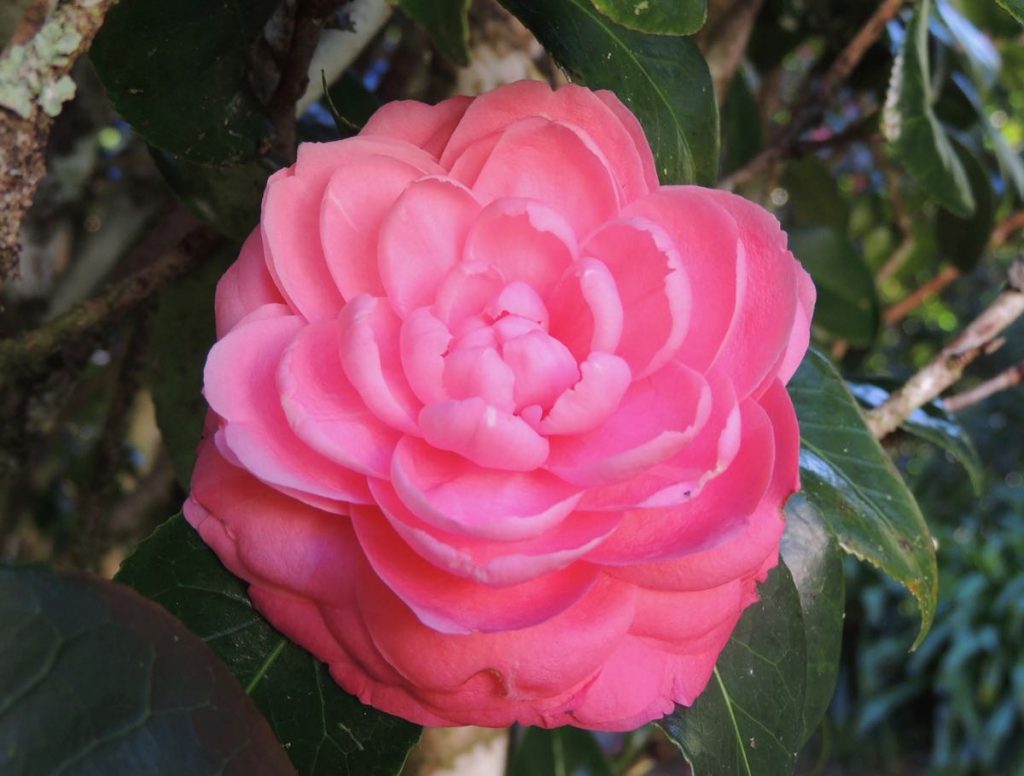Well folks, it almost time for one of the most anticipated social events of the year – the Paluma Glamour and Glitz Social. This auspicious social occasion will be held on Saturday 10th August at the Community Hall, commencing at 6.30 pm.
Now’s the time to check that wardrobe and plan your most glamorous and glitzy outfit for this not-to-be-missed social event!

There will be a prize on the night of a free beverage for the Best Dressed Male, the ‘King of Bling’ – and also the best dressed Female – the ‘Queen of the Village’. No doubt this will be a hotly contested competition.
Rumour has it that several local ladies have been planning their outfits for some time and are set to dazzle and sparkle on the night!!

It’s time to put the mower, the leaf-blower and the chainsaw in the shed, ditch those work clothes and scrub-up for a night of glitz, bling, razzle-dazzle and fun.
As usual, please bring a plate to share (savoury or sweet) and don’t forget that the bar will be open with our very own ‘Blingy Barman’ (Les Hyland) who will be dispensing low-cost drinks.
See you there Darlings…..!


